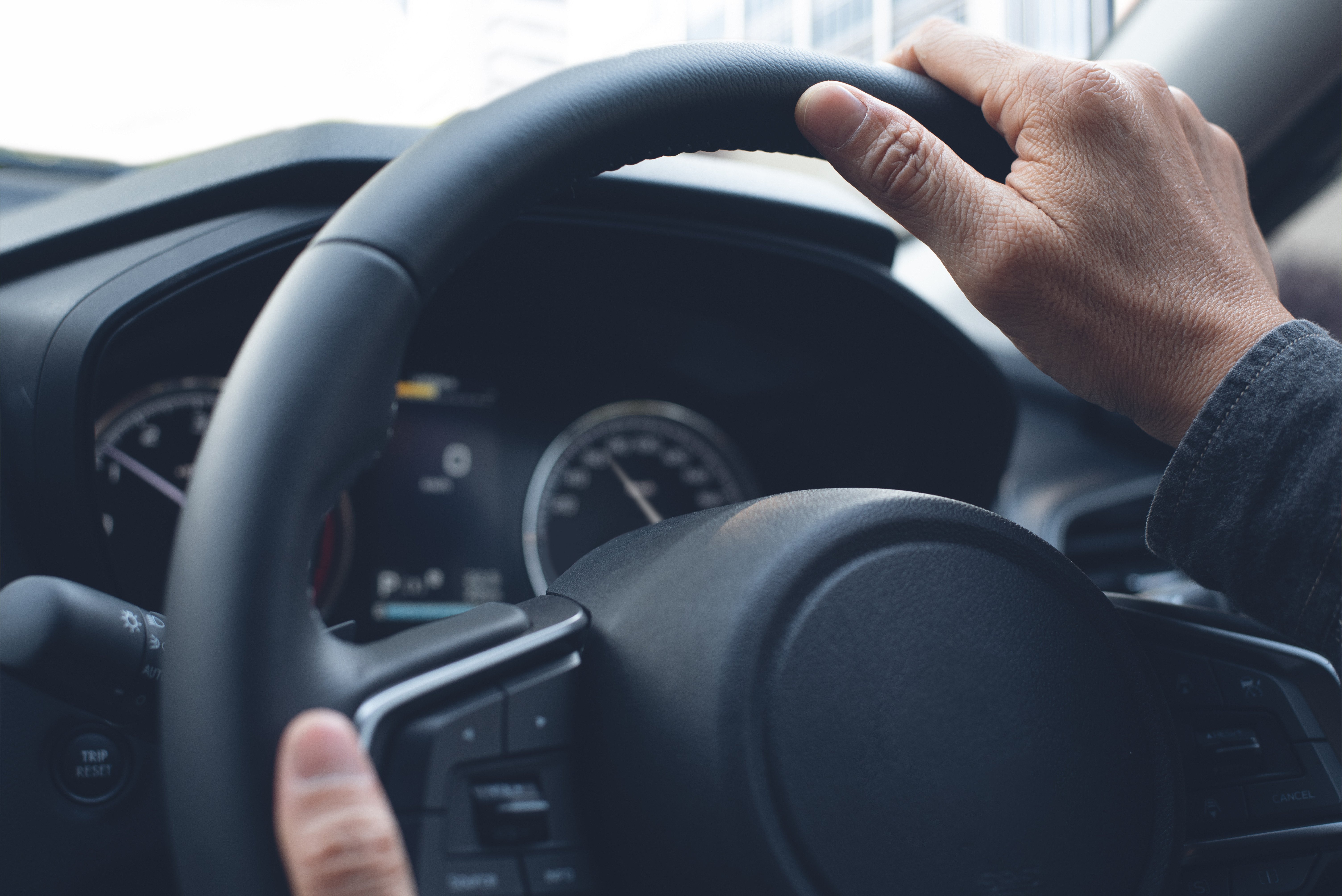
Emergency workers are committed to keeping the public safe, but the nature of their jobs often puts them in peril. From fighting fires to combating criminals, emergency responders face a number of dangers in their daily duties.
While many of the dangers are readily apparent, what’s too often overlooked is the danger that workers are in when they’re behind the wheel. Yet for both firefighters and law enforcement professionals, roadway incidents were the second leading cause of death from 2011 to 2015. For firefighters, only fires were responsible for more deaths, and acts of violence such as shootings were the No. 1 cause of death for police officers.
A study published in the April 2018 journal Accident Analysis and Prevention found that police vehicles were 1.8 times more likely to crash when driving in emergency mode, meaning they have lights and signals activated. The National Highway Traffic Safety Administration also found that emergency responders faced an increased risk of crashes, with an estimated 4,500 ambulance-involved crashes happening every year.
Of those, 34% result in injuries and an average of 33 people are killed each year as the result of an ambulance crash. Since ambulance occupants typically are not wearing seatbelts, they tend to have more severe injuries and a greater risk of fatalities. In fact, 45% of job-related deaths among emergency medical services workers are the result of highway incidents, primarily crashes, according to the Journal of Emergency Medical Services.
Resolving these on-the-job and behind-the-wheel dangers begins with identifying why they occur and implementing the training and awareness programs needed to change behaviors. Here are three primary factors affecting first responder driving safety.
1. First Responders Face Distinct Challenges
Crashes put the lives of emergency workers on the line and endanger passengers, pedestrians and other vehicles on the road. A study published in the November 2018 journal Human Factors looked extensively at the causes and effects of crashes for emergency workers. It found that the risk of death from traffic fatalities was 2.5 to 4.8 times higher for emergency workers than for all other occupations.
Such crashes also account for civilian fatalities and injuries that often lead to lawsuits costing millions of dollars every year.
The study identified the major risk factors for crashes and found they fell into four categories: driver behavior, task, vehicle and environmental factors. While all drivers face challenges on the road, the study pointed out that emergency workers are typically driving large, heavy vehicles under time pressure and in stressful driving conditions. Multitasking activities may be occurring as well, which leads to distraction behind the wheel.
2. Most Emergency Workers Battle Fatigue
In addition to the increased risk caused by driving large vehicles at high speeds, the study noted that many emergency vehicle crashes can be attributed to driver workload and fatigue from spending long days driving. Working irregular shifts, which disrupts daily routines and can result in poor sleep, also makes drivers less alert behind the wheel.
Lack of sleep alone is cause for alarm; drivers who aren’t getting adequate sleep are four times more likely to have a car crash than those who are getting at least seven hours of sleep each night. The AAA Foundation for Traffic Safety found that drowsy driving is just as deadly as drunk driving.
In addition to being sleepy, driver experience and mental stress also play a significant role in on-the-job crashes for emergency workers. Those who’ve been on the job for three years or less have more crashes, although drivers with a great deal of experience can increase their risk for crashes if they become overly confident in their driving behavior, which results in taking more risks, the study found.
3. First Responders Are Under Extreme Stress
For civilian drivers, distracted driving often means texting, making (or taking) a phone call or eating and drinking. For emergency workers, the distractions are part of the task they’re doing; these include driving with flashing lights and blaring sirens, communicating with dispatch over the radio and following a GPS device. All of these can increase the risk of a crash, particularly since higher speeds are involved.
But the AAA study also noted that heightened levels of stress can impair reaction time and decision making. In one experiment recorded in 1999, researchers found that the cortisol and adrenocorticotropic hormones, both of which are stress hormones, were 30% higher in individuals riding in emergency vehicles. Research shows that elevated levels of stress hormones can impair cognitive function and raise blood pressure. That means that, in addition to having more distractions, they also have less mental function and are in a state of high alert.
Since first responders are, by the nature of their occupation, placed in fast-paced, high-stress driving situations on a daily basis, it’s imperative that they have the tools to manage their own driving behavior and learn how to mitigate the dangers and actions of others on the road around them.
Behind-the-Wheel Training For Life-and-Death Environments
While there are many circumstances that a first responder must work with and can’t change, the one thing they can change is their skill behind the wheel and their knowledge of how to handle challenging driving situations. Oftentimes leaving the scene of an emergency becomes even more dangerous than arriving because of the number of distractions involved.
Learning how to implement The Smith5Keys® into their daily driving habits can help emergency workers contribute to the safety of the roads. Changing how they drive allows them to see more of their environment and plan ahead for how they need to respond to the situations around them, even when driving at faster speeds.
Drivers who are committed to keeping the public safe should also take a closer look at how they’re safeguarding their own well-being. Changing their daily habits and committing to eating properly and getting sufficient sleep can significantly impact their performance on the job. And, in doing so, they reinforce their commitment to safety and take it with them every time they get behind the wheel.










